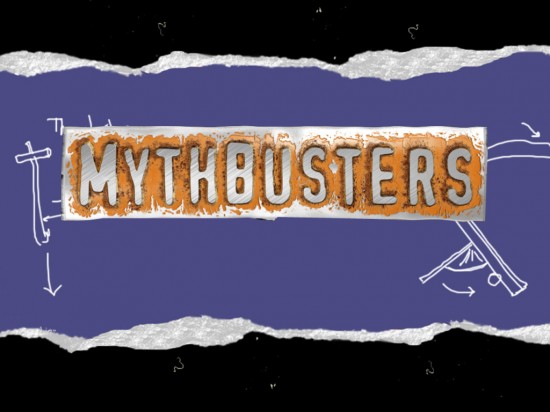July 30, 2012
Mythbuster #1 Only The Church Shoot Its Own Wounded.

“The church is the only army that shoots its own wounded.”
Here at stephenmcalpine.com we bust myths – for free. So how about we start with the one above? Perhaps you have heard that saying. It’s got a memorable ring to it and, for some, a ring of authenticity too. But is it really the case? Firstly, on a basic exegetical level its a dubious term for the church. Family, body, gathering, yes. Army – no. But even in the face of those burnt by a bad church experience, is the church the only place, or even the worst? Let’s bust this baby wide open:
Liberal Party/Labour Party/Greens Party/National Party/Family First Party/Trade Union Movement/Office/Sports Club/Local P&C/Boardroom/Bedroom/Hollywood/Big Business/Small Business/University/Army (yes it probably does actually happen in some situations)/Rotary Club/Lions Club/Apex/Fill in the Blank
A cursory glance at the last six months of a national newspaper would show just how many wounded get shot in organisations all over Australia.
100 per cent of comments from yesterday’s post (alright, 2 out of 2) noted that what makes a religion become beautiful, wise and true (to tap into Alain de Botton’s comment about religion) in the eye of the beholder is its people and how they behave. Fairly obvious, but poignant nonetheless when we consider how some have felt trampled by the church. Alan Jamieson’s A Churchless Faith is the seminal work of the past decade that conducted a qualitative and quantitative study of those who had remained Christian, but left the church for a variety of reasons including deeply hurtful experiences. The church has shot its own wounded on many occasions, and its witness is the worse for it.
However, when it hits the sweet spot, church can be amazing. Having experienced both extremes of church I now realise that pain levels roughly parallel expectation levels. Why is it so painful when it falls apart? Perhaps because we are being unrealistic. But also perhaps because of passages like Ephesians 4:17-32. In the Graeco/Roman pagan culture such intimate, candid, self-sacrifical community must have been astonishing. To many in a watching world the message of the gospel suddenly seemed beautiful, wise and true precisely because the Christian communal life looked like beauty, wisdom and truth. albeit in a fractured, on-the-road manner.
This has become more apparent to me with the recent conversion of a young couple through our church. They are astonished at the quality of what generally consider our fairly ordinary life together as God’s people. It’s as if a great secret has been kept from them all their lives. As I have looked with fresh eyes at our gathering, suddenly the beauty, wisdom and truth of the church becomes apparent, and I realise that God in his wisdom has ordained it this way.
Go through this list again with the triad of beauty, wisdom and truth:
Liberal Party/Labour Party/Greens Party/National Party/Family First Party/Trade Union Movement/Office/Sports Club/Local P&C/Boardroom/Bedroom/Hollywood/Big Business/Small Business/University/Army (yes it probably does actually happen in some situations)/Rotary Club/Lions Club/Apex/Fill in the Blank
I believe that nothing else comes close to the church in terms of bringing all three together. Perhaps that’s why, when disappointment comes, it is so acutely felt.
Written by
There is no guarantee that Jesus will return in our desired timeframe. Yet we have no reason to be anxious, because even if the timeframe is not guaranteed, the outcome is! We don’t have to waste energy being anxious; we can put it to better use.
Stephen McAlpine – futureproof
Stay in the know
Receive content updates, new blog articles and upcoming events all to your inbox.


